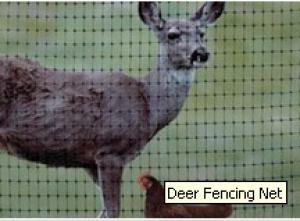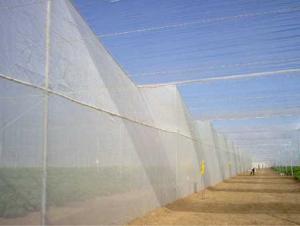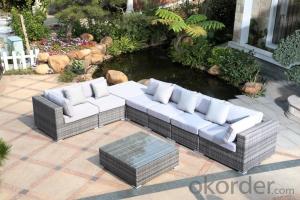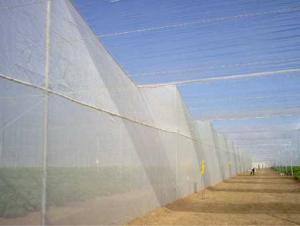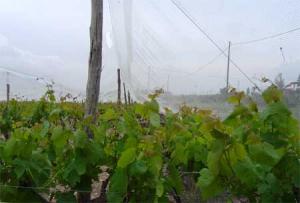Anti Islanding Solar Inverter
Anti Islanding Solar Inverter Related Searches
Anti Static Mats For Electronics Stainless Steel Anti Seize Greenhouse Plastic Sheeting South Africa Home Bargains Greenhouse Used Greenhouse Anti Static Floor Paint Fruit Foam Net Garden Greenhouse Nj Anti Static Tiles Anti Static Workbench MatHot Searches
Shade Net Prices In Sri Lanka Shade Net Manufacturers In Bangalore Shade Net Suppliers In Uae Cost Of Shade Net Per Acre Agro Shade Net Machine Manufacturers Buy Shade Net Online India Net Manufacturers Aluminum Sheet Coil Suppliers Induction Cooker Coil Price Aluminum Trim Coil Near Me Aluminium Scaffold Planks Sale Aluminium Walkway Mesh Prices 9Mm Mdf Sheet Prices Plant Troughs For Sale Black Plastic Plant Pots Wholesale Plant Baskets Wholesale Net ManufacturersAnti Islanding Solar Inverter Supplier & Manufacturer from China
Okorder.com is a professional Anti Islanding Solar Inverter supplier & manufacturer, offers integrated one-stop services including real-time quoting and online cargo tracking. We are funded by CNBM Group, a Fortune 500 enterprise and the largest Anti Islanding Solar Inverter firm in China.Hot Products
FAQ
- A solar inverter handles islanding detection by constantly monitoring the grid voltage and frequency. If the solar inverter detects a deviation from the normal grid parameters, it will automatically disconnect from the grid to prevent islanding.
- Yes, a solar inverter can be connected to a computer or smartphone. Many modern solar inverters come with built-in Wi-Fi or Bluetooth connectivity, allowing users to monitor and control their solar energy system through dedicated apps or web portals on their computers or smartphones. This enables real-time monitoring of energy production, system performance, and even allows for remote troubleshooting and adjustments.
- A solar inverter handles voltage fluctuation during cloud cover by continuously monitoring the incoming solar energy and adjusting its power output accordingly. When the sunlight reduces due to cloud cover, the inverter senses the drop in voltage and adapts by reducing its power output to match the available solar energy. This ensures that the voltage remains stable and the system operates efficiently even in varying weather conditions.
- Yes, a solar inverter can be used with solar-powered greenhouse systems. A solar inverter is an essential component in converting the direct current (DC) generated by solar panels into alternating current (AC) that can be used to power electrical devices. By installing a solar inverter, the solar energy collected by the greenhouse's solar panels can be efficiently converted and utilized to power various equipment and systems within the greenhouse, ensuring an environmentally friendly and sustainable energy source.
- The role of capacitors in a solar inverter is to store and release electrical energy. They help to stabilize the voltage and current, ensuring a smooth and continuous flow of power. Capacitors also help to filter out any unwanted noise or fluctuations in the electrical signal, thus improving the overall performance and efficiency of the solar inverter.
- The role of a solar inverter in preventing electrical hazards is to convert the direct current (DC) power generated by solar panels into alternating current (AC) power that can be used in homes and businesses. By regulating the voltage and frequency of the electricity, the inverter ensures that the power is safe and compatible with the electrical grid. Additionally, solar inverters have built-in safety features such as ground fault protection and rapid shutdown mechanisms, which help prevent electrical hazards such as fires, shocks, and damage to the system.
- A solar inverter plays a crucial role in the overall system efficiency of a solar power system, particularly in relation to temperature variations. At higher temperatures, solar panels tend to operate less efficiently, resulting in decreased energy production. However, a well-designed solar inverter can mitigate this issue by converting the direct current (DC) generated by the panels into alternating current (AC) in a more efficient manner. This helps in reducing power losses and optimizing energy conversion, thereby positively impacting the overall system efficiency even at different temperature levels.
- No, not all solar inverters are compatible with all solar panels. The compatibility between solar inverters and panels depends on various factors such as the voltage, current, and type of panels being used, as well as the specifications and requirements of the specific inverter model. It is important to ensure that the inverter is compatible with the specific type and configuration of solar panels being installed to ensure optimal performance and efficiency.
